Every week, we'll spare you a trip to the grocery store and show you how to make small batches of great foods at home.
Today: Posie Harwood of 600 Acres shows us how to make anadama bread, a classic New England loaf.
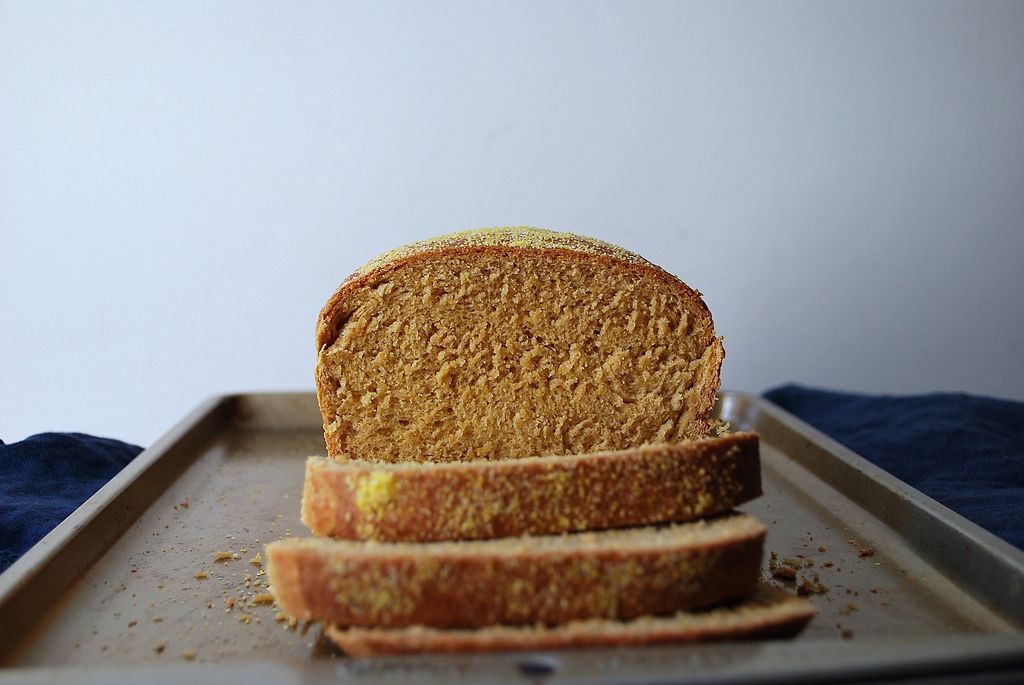
Here's a great bit of New England lore. As the story goes, a salty old Massachusetts fisherman heads out to the stormy seas for work every day. Every afternoon, he comes home to a dull bowl of cornmeal mush made by his wife Anna. He's so fed up with it that one day he throws in a few extra ingredients—yeast, molasses, salt—and comes up with this bread. As he makes it he mutters, "Anna, damn her!"
Dysfunctional relationship issues and quirky name origins aside, this recipe is a fantastic piece of New England culture. It yields a yeasted bread that's slightly moister than a sandwich bread. Molasses gives it a mild, earthy sweetness and cornmeal gives it heft and texture.
More: Eat your way through New England with this spider cake.
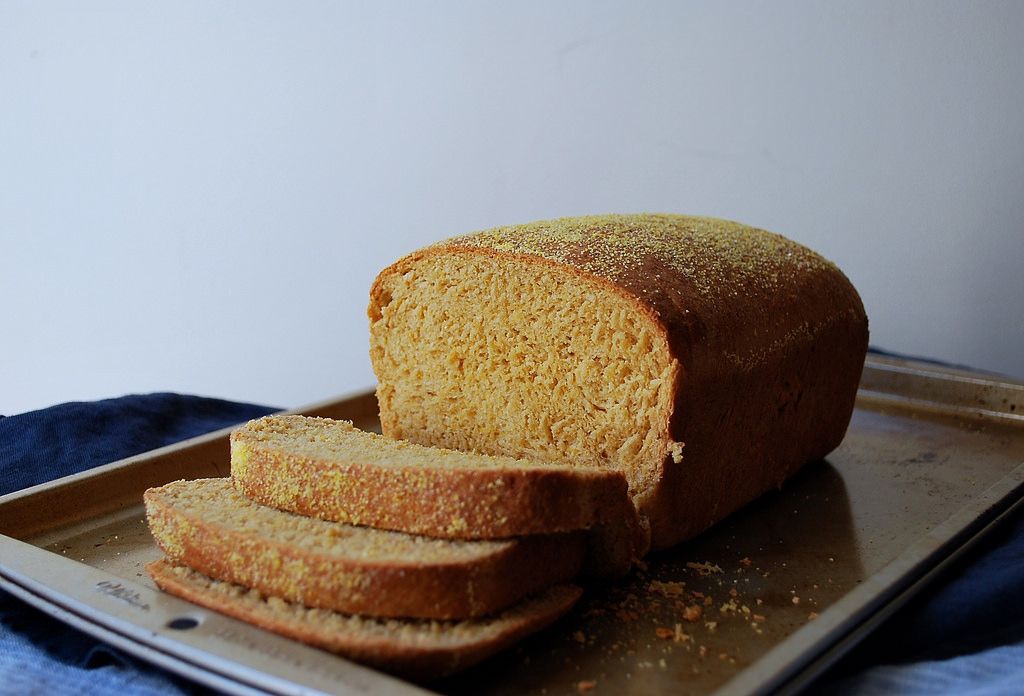
The recipe is pretty straightforward, as yeasted breads go. The cornmeal does make the rising time slightly longer, but if you're in a hurry you can place the covered bowl of dough in a warmed oven to hasten the first rise.
To check and see if your dough is ready after the first rise, use the "finger poke" test: Press a finger about an inch into the dough. If the imprint of your finger stays, the dough is ready. If the dough springs back and fills in the hole slightly, it needs to keep rising.
Use a coarse grind of cornmeal for this recipe, and use whatever molasses you like but avoid blackstrap molasses, which is too intense and bitter for this loaf.
I love this bread warm from the oven. It makes wonderful toast (especially with cinnamon sugar on top) and is perfect for a PB & J. It's rustic and sweet but not indulgent or decadent. It's the sort of food you imagine would satisfy after a cold day of fishing on a white-capped Massachusetts ocean.
Anadama Bread
Makes one 9 x 5-inch loaf
3 cups all-purpose flour, plus more as needed
2 teaspoons salt
4 tablespoons butter, divided
1 cup milk
1/2 cup plus 2 tablespoons coarse yellow cornmeal
1/3 cup warm water
5 tablespoons molasses
1 envelope active dry yeast
In the bowl of a stand mixer or a large bowl, combine the flour and salt.
In a small saucepan, mix together 2 tablespoons of the butter with the milk and bring to a simmer. Add the 1/2 cup of cornmeal and cook, stirring, for about 1 minute. Remove from the heat and let cool slightly.
Add the cornmeal mush to the bowl of flour and mix to combine well.
In a small cup, combine the warm water, molasses, and yeast. Pour the liquid into the flour mixture and beat until it comes together in a smooth, non-sticky dough. This will take about 10 minutes and is much easier to do in a stand mixer than by hand. If you feel that the dough is too sticky after 5 minutes, add a few teaspoons of flour.
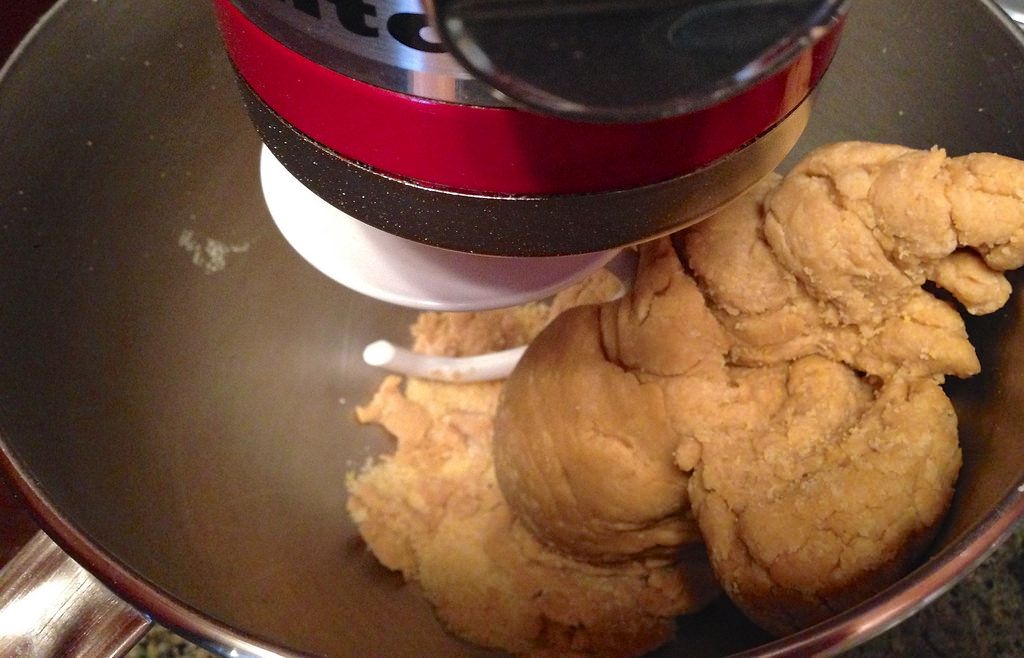
Place the dough in a lightly greased bowl and cover with plastic wrap. Let it rise in a warm place until it has doubled in size, about 1 1/2 hours. Use the "finger poke" test to see if it has risen enough.
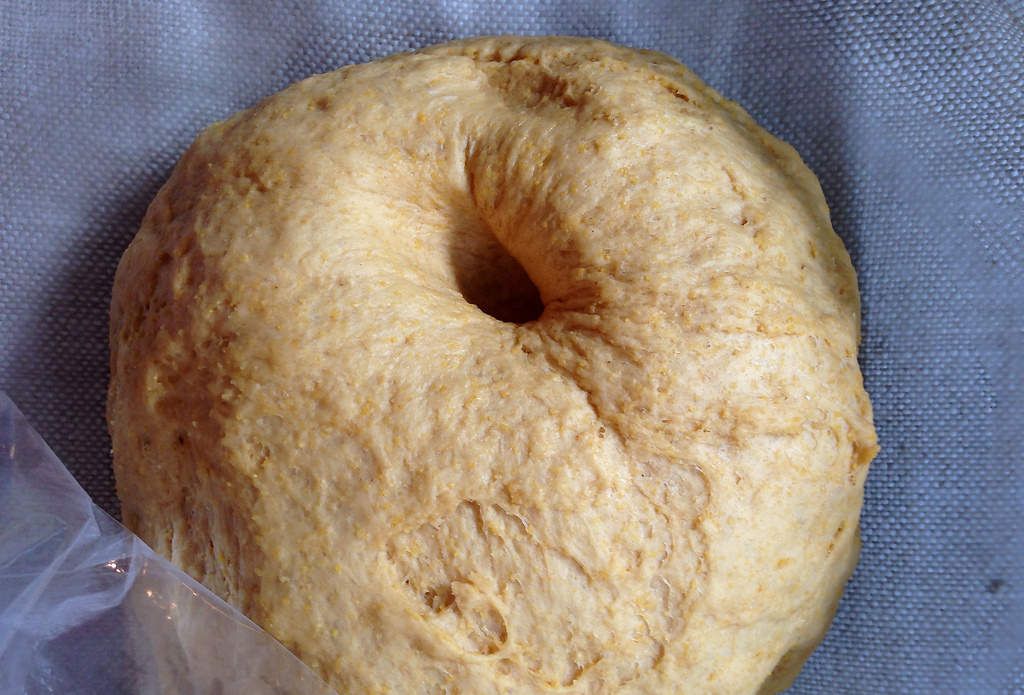
Take the dough out and press it into a rectangle, no thicker than 1 inch and no longer than 9 inches. Fold the dough in thirds lengthwise and pinch the seam closed. Place the shaped loaf in a greased 9 x 5-inch loaf pan and cover with plastic wrap. Let it rise until doubled in size.
Once the dough has risen, melt the remaining 2 tablespoons of butter and brush it over the surface of the loaf. Sprinkle with the remaining 2 tablespoons of cornmeal.
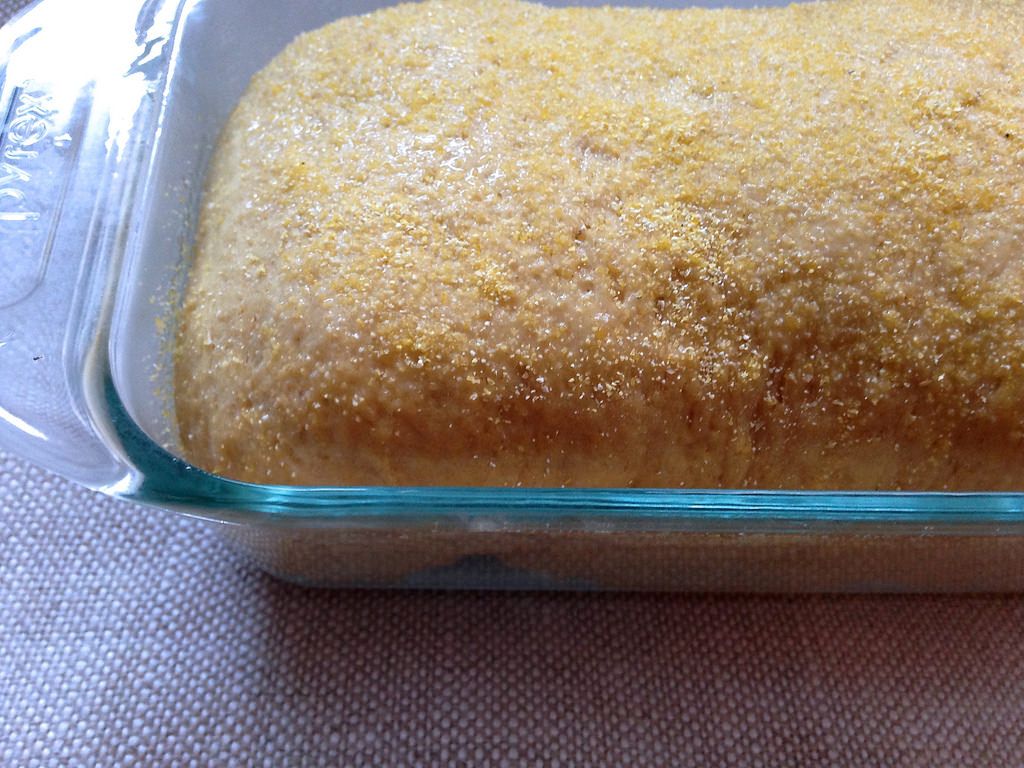
Bake the loaf in a 350° F oven for 40 to 45 minutes. The crust should be golden brown. Let the loaf cool for at least 15 minutes in the pan, then turn it out onto a rack to finish cooling.
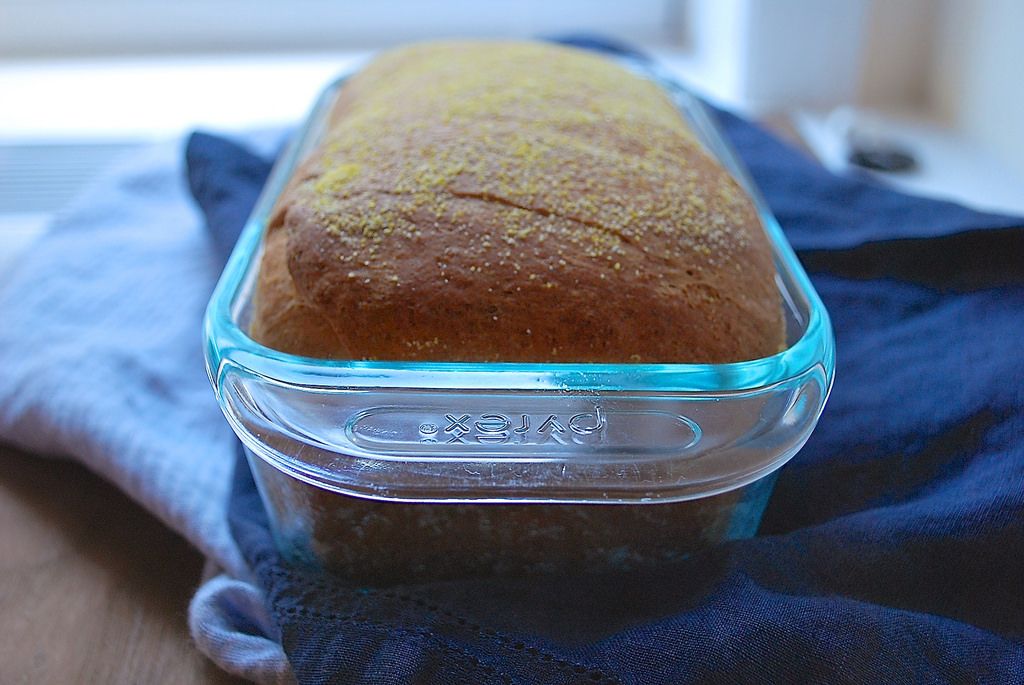
See the full recipe (and save and print it) here.
Photos by Posie Harwood







See what other Food52 readers are saying.